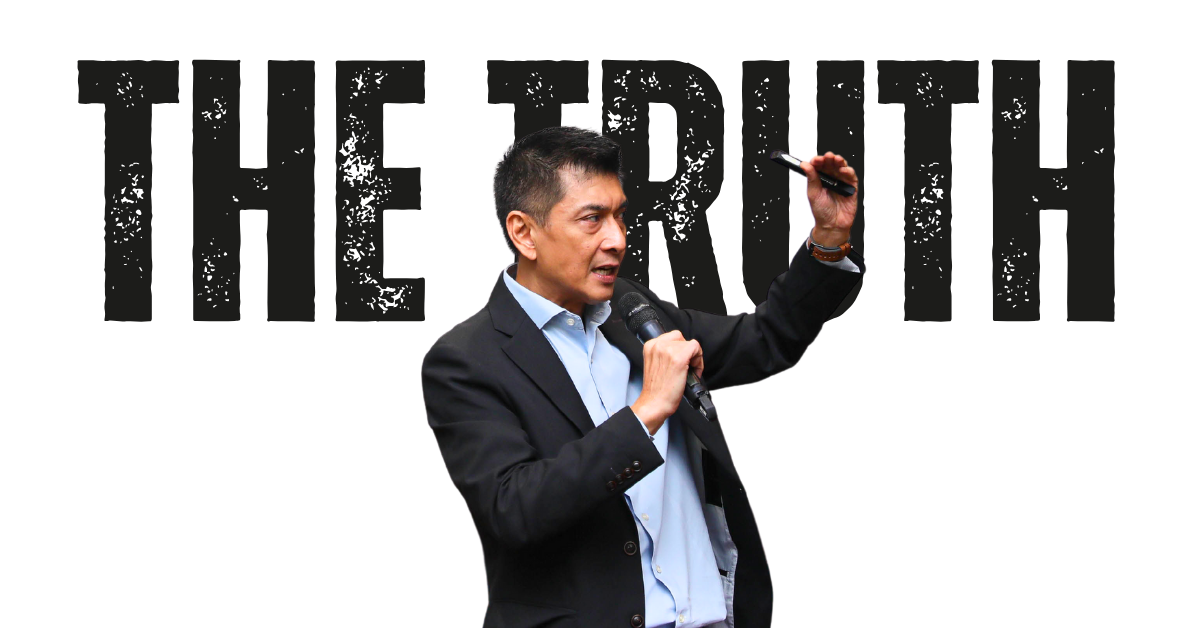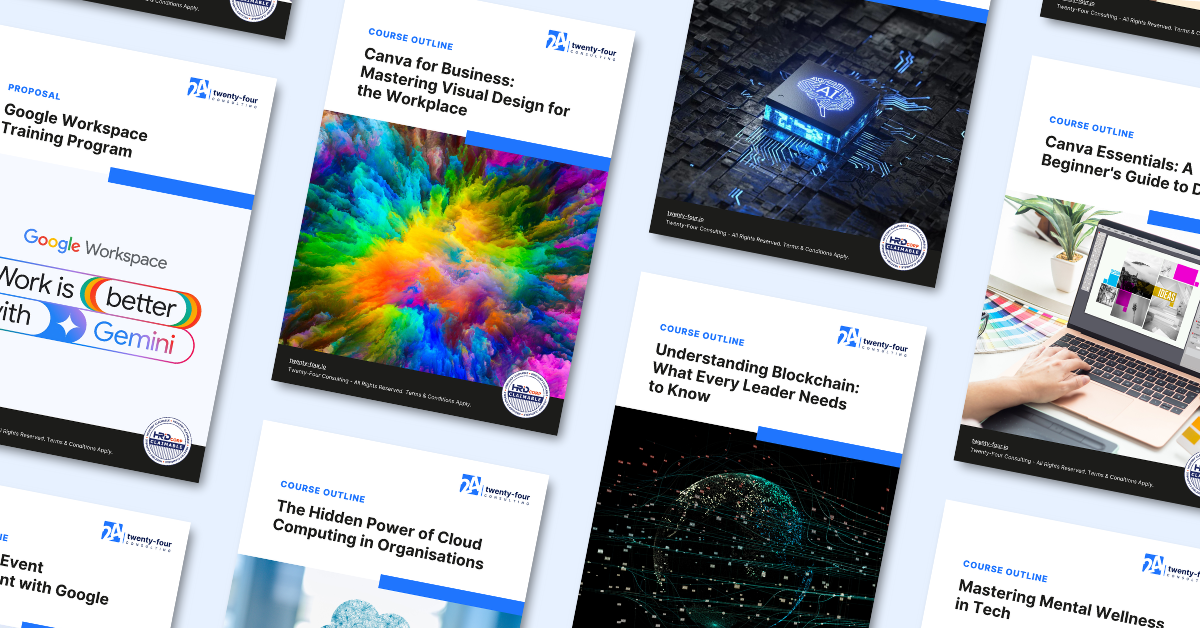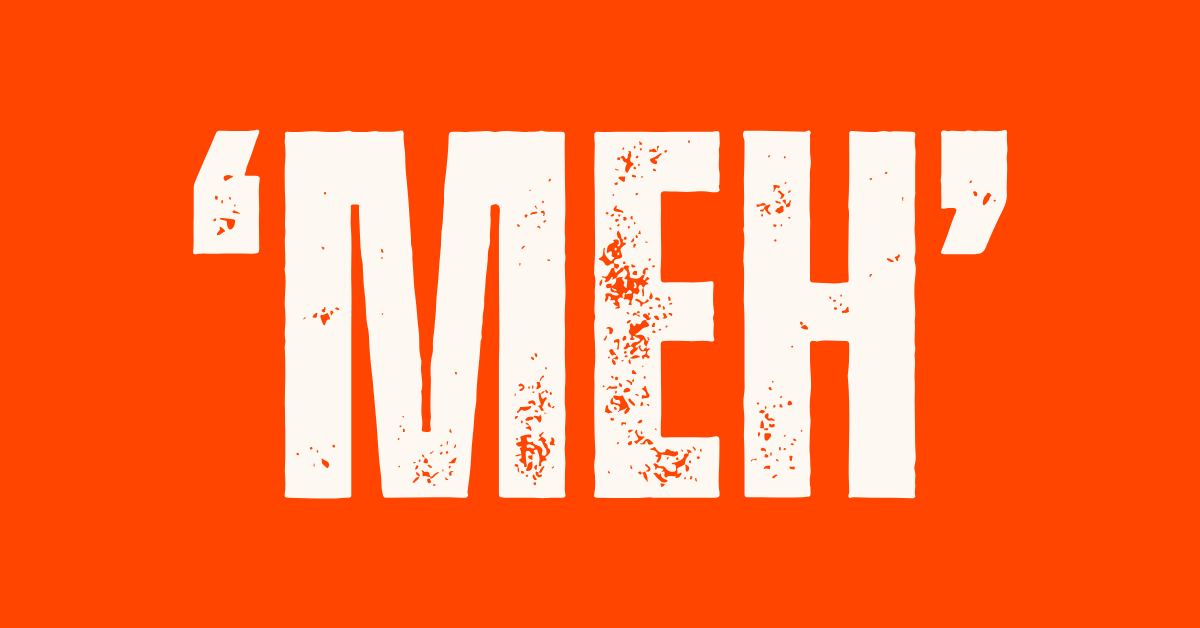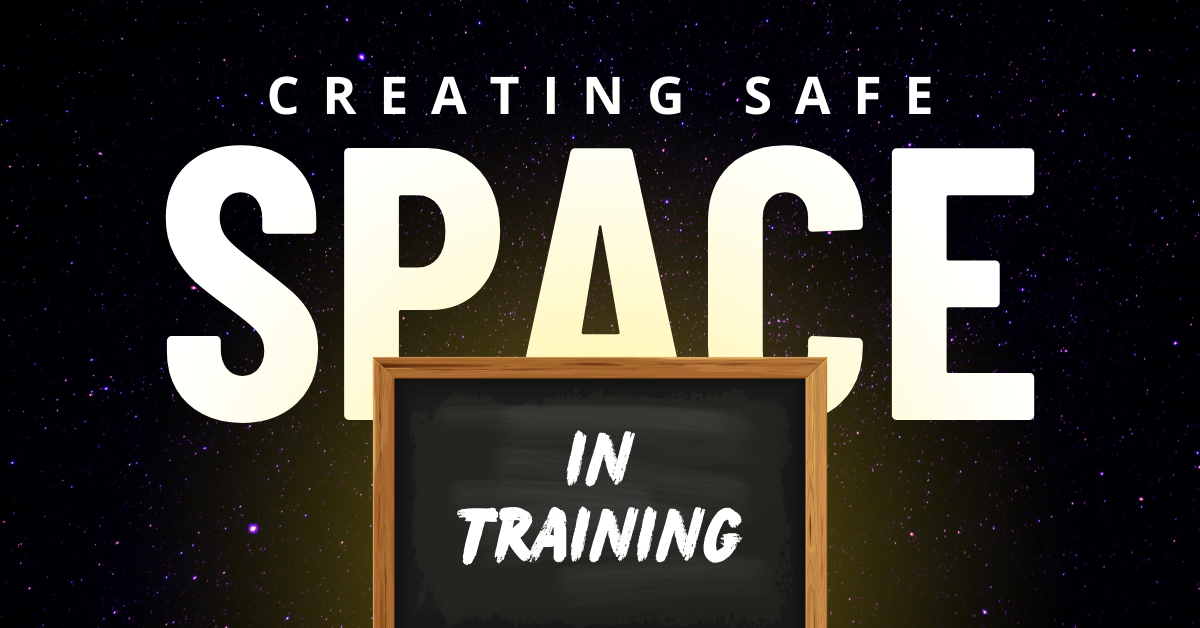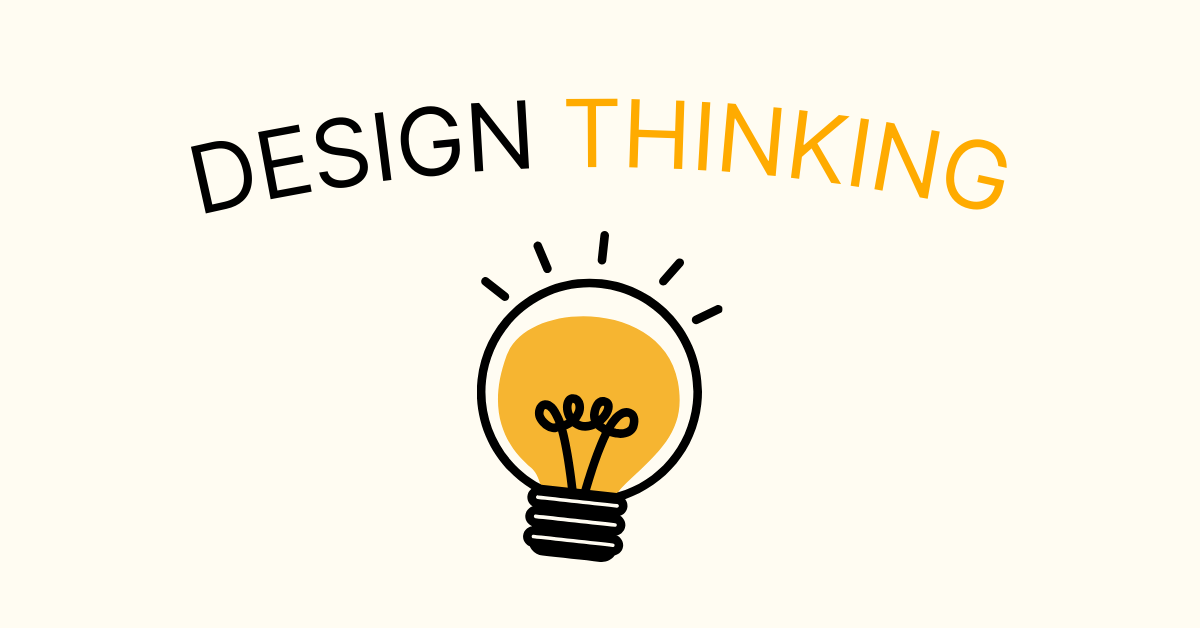It’s About More Than Knowing Your Stuff
Here’s something most people get wrong about trainers: it’s not just about being the smartest person in the room.
Sure, knowing your material inside and out is a given, but if that’s all you’ve got, you’re not going to make it. Being a great trainer is about controlling the environment, connecting with your audience, and being able to break things down to a level where even a 5-year-old could understand.
I’m not saying I’m a great trainer, far from it, but I consistently receive positive feedback from my classes, and I’ve learned it’s because of how I handle the class—not just the content.
Mastery of the Material is the Baseline
First, let’s get this out of the way: if you don’t know your stuff, none of this matters. Really. Mastering the subject or topic is non-negotiable.
You need to be able to explain even the most technical concepts clearly—almost to the point where you could teach a 5 year old. But this ability isn’t just about knowledge; it’s about how you make that knowledge accessible and how to pass it down to others.
The real magic happens when you can explain something complex like cloud computing or AI to someone who has zero experience. What I look out for are those nods of the heads or that look in their eyes that seem to be processing the new information.
If they leave the session saying, “Wow, I understand how <insert technology> works now,” that’s how you know you’ve done your job.
Soft Skills: The True Difference Maker
But here’s the thing: just knowing the content isn’t what makes a great trainer. What really sets you apart is your ability to manage the class, connect with people, and create an environment where learning can actually happen.
That’s where soft skills come in—those unspoken abilities to read the room, engage with different personalities, and adjust on the fly. This is where the art of training comes alive.
1. Set the Tone
First impressions matters! From the moment people walk into your session, whether online or in-person, the energy you bring will set the tone. So smile and greet them warmly, like you really care.
Remember, you’re in control of the room—not just the content but the vibe and energy. This means creating a safe space and an atmosphere where people feel comfortable enough to ask questions, engage with the material, and maybe even make mistakes without fear.
When people feel safe, they learn better—it’s that simple.
2. Empathy and Emotional Intelligence
Not everyone learns the same way, and not everyone enters a session wanting to be there. Part of the job is reading the room and adjusting based on what you see. If someone looks lost, don’t ignore it—slow down and bring them along.
If people are disengaged or bored, switch up your approach. The ability to empathize with your participants and make adjustments based on their needs is critical.
3. Simplify, Simplify, Simplify
One of the biggest compliments I receive is, “You made something complicated feel simple.” And that’s the goal, isn’t it? We’re not here to overwhelm people with jargon and technical terms. We’re here to break things down in a way that’s understandable and relatable.
The key to this is simplifying the complex without dumbing it down. It’s about finding that balance where everyone—regardless of their starting point—can walk away with new knowledge.
4. Keep Them Engaged
Let’s be honest, nobody likes a lecture. Learning is meant to be interactive and fun. The best sessions are the ones where people are engaged, asking questions, contributing ideas, and solving problems together.
Whether you’re running a discussion, doing live demos, or setting up group activities, the goal is to keep everyone involved. It’s not just about delivering information—it’s about sparking curiosity and making the learning process fun.
5. Stay Calm Under Pressure
Every session has its challenges, whether it’s technical issues, difficult participants, or just a tough crowd. The key is handling these situations with calm and control.
People are looking to you to steer the ship, so when something goes wrong, stay composed, troubleshoot the issue, and keep things moving. You’ll find that maintaining your cool under pressure helps everyone else do the same.
6. Tailor Your Approach to Fit the Learners
Not everyone learns in the same way. Some people need visuals, some need hands-on practice, and others just need a good explanation.
A great trainer knows how to mix things up—using different tools and techniques to reach every type of learner in the room. The more flexible you are in your approach, the more people will be able to connect with the material.
Conclusion: It’s the Human Touch
At the end of the day, what makes a great trainer isn’t just their ability to teach—it’s their ability to connect. Sure, you need to know your material, but if you can’t relate to your audience and adapt to their needs, that knowledge isn’t going to stick.
Great training is about understanding people, not just content. It’s about creating an environment where people feel comfortable, supported, and confident enough to learn. And when you can do that consistently, that’s when you start moving from being just a trainer to being a catalyst for change.
By Ali Reza Azmi
Founder & Consultant @ Twenty-Four Consulting
By Ali Reza Azmi
Founder & Consultant @ Twenty-Four Consulting
Related Posts

